
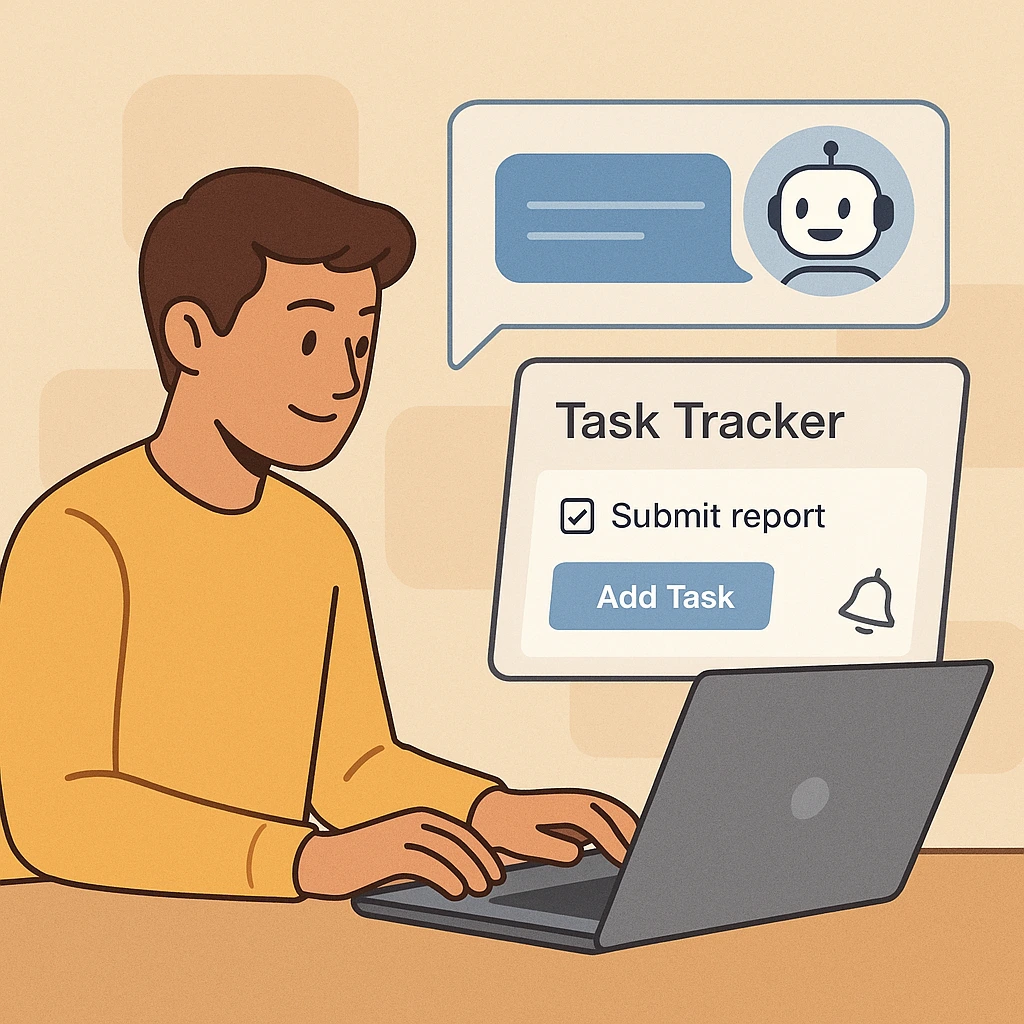 Claude AI App Builder
Claude AI App Builder
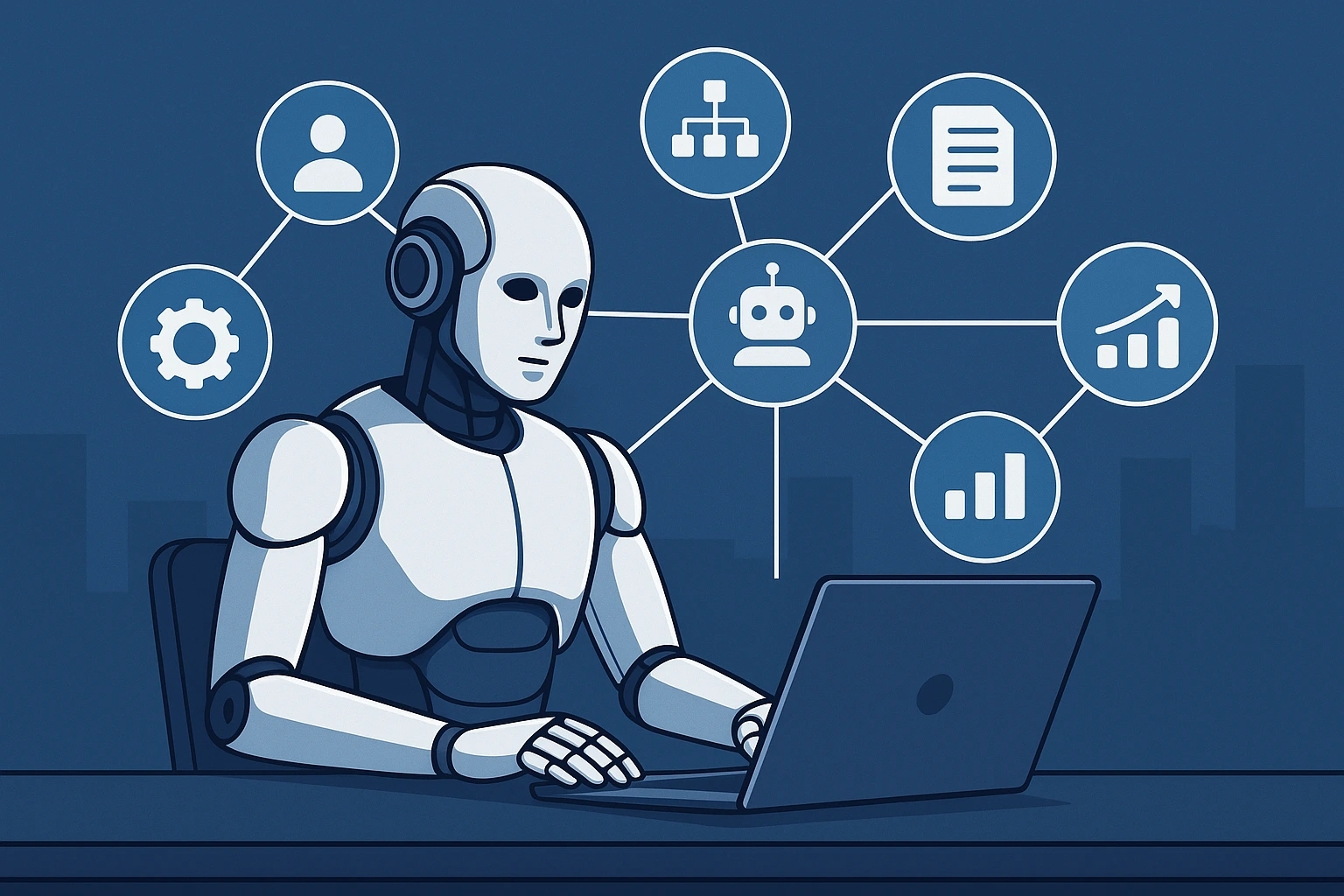 Autonomous AI Agents for Business Growth
Autonomous AI Agents for Business Growth
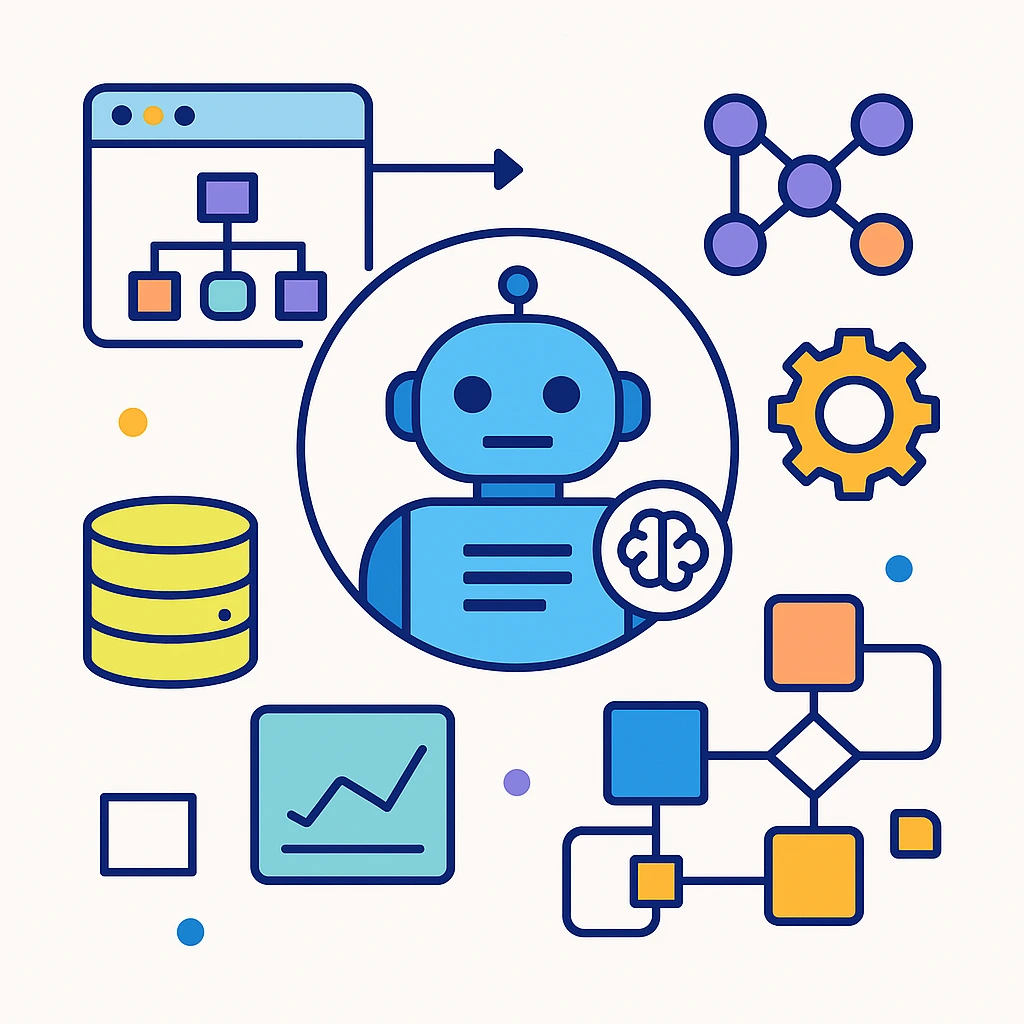 AI Agent Platforms of 2025
AI Agent Platforms of 2025
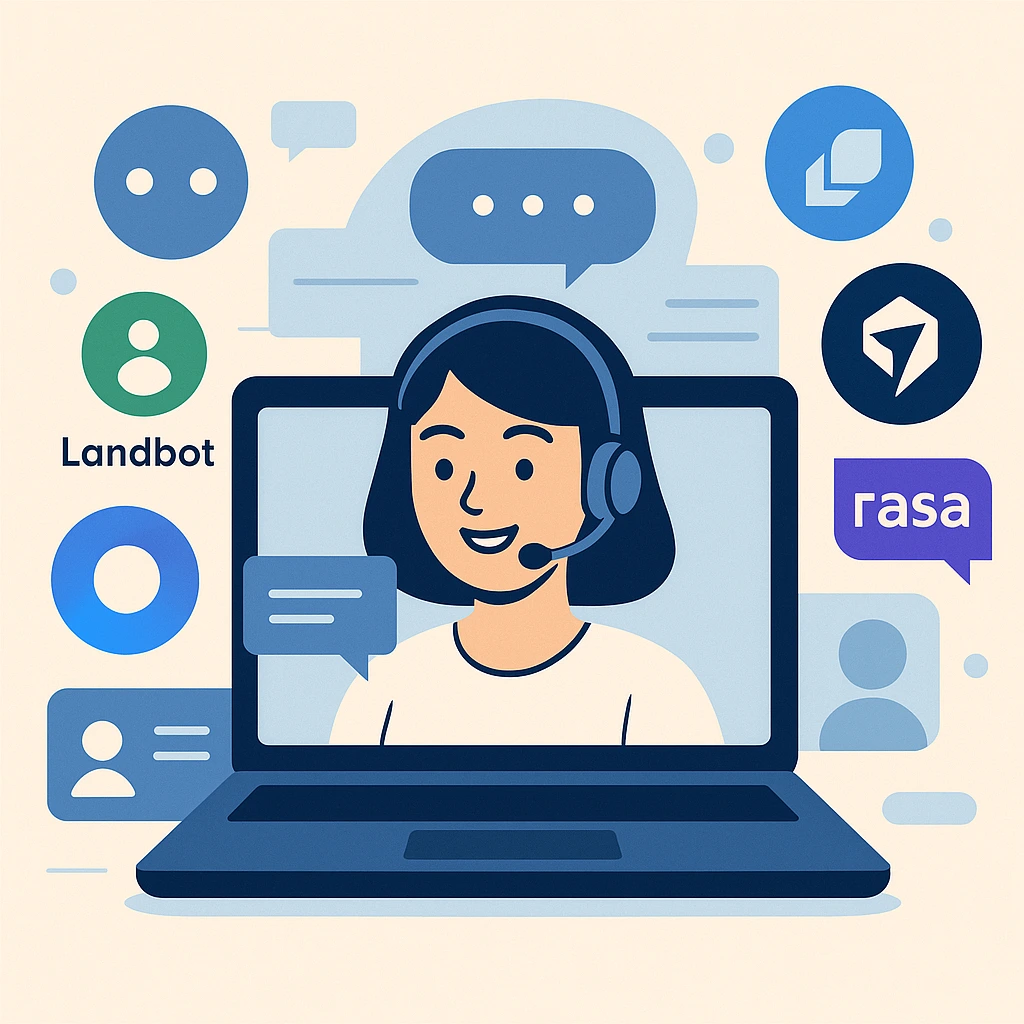 Top AI Chatbot Builders of 2025
Top AI Chatbot Builders of 2025
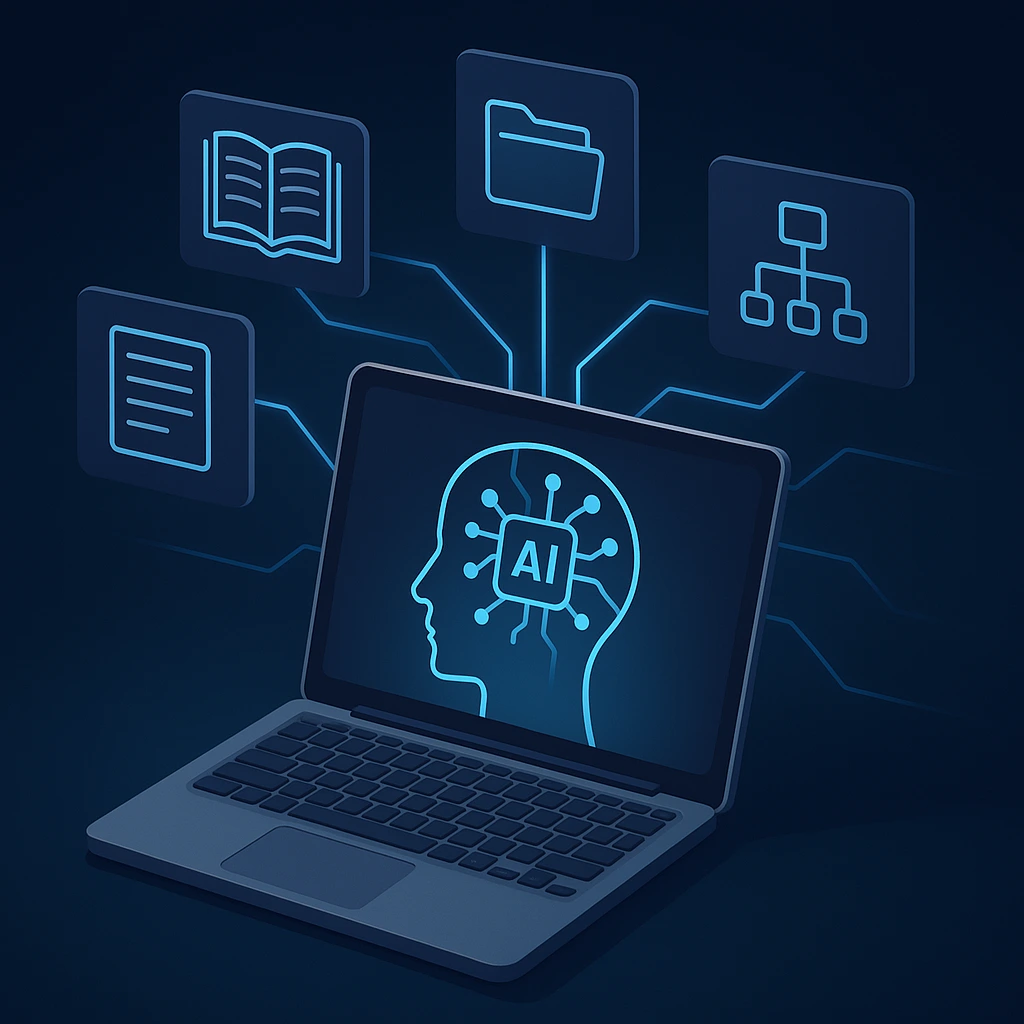 How to Build a Knowledge Base for an AI Agent
How to Build a Knowledge Base for an AI Agent
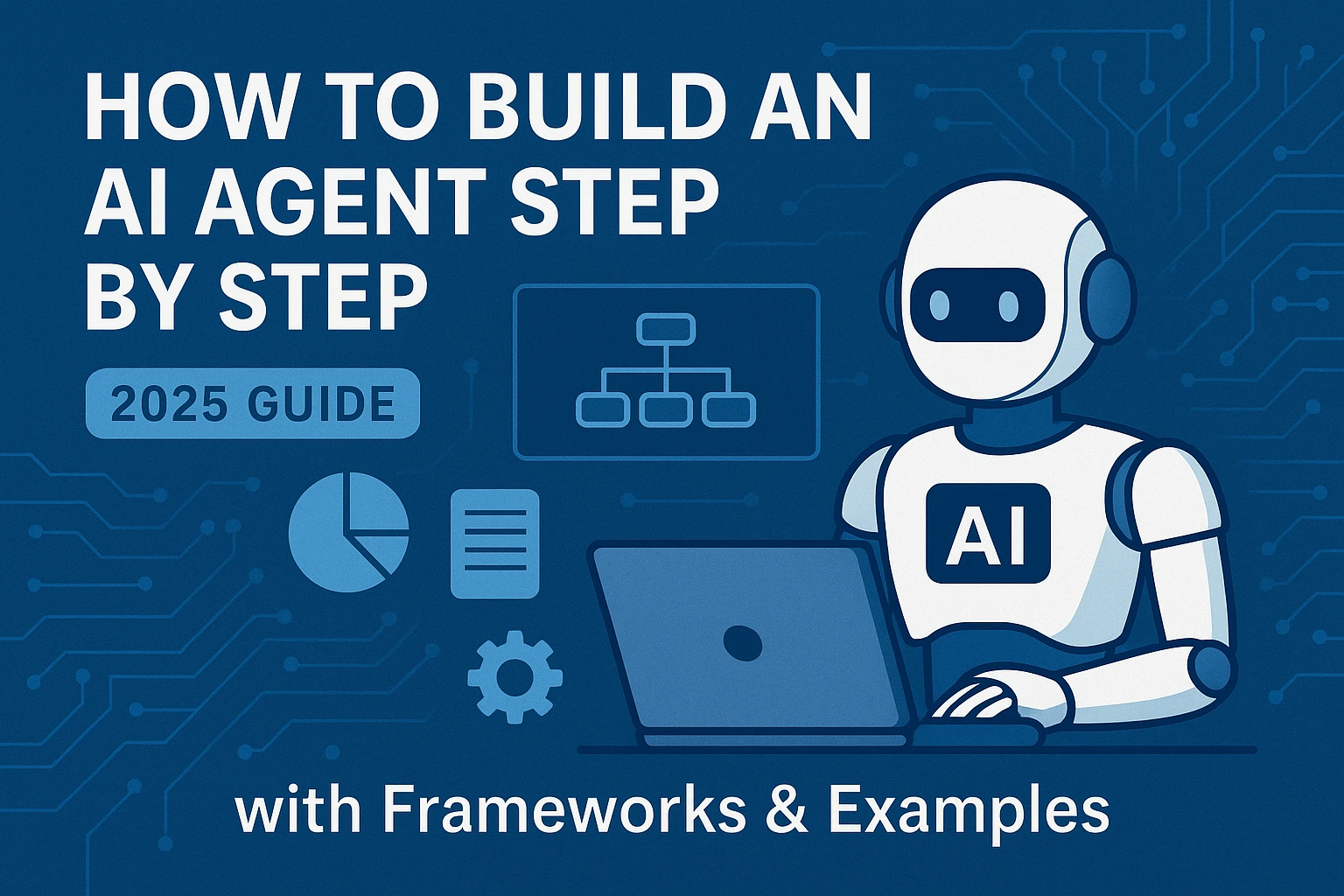 Create Your Own AI Agent Step-by-Step
Create Your Own AI Agent Step-by-Step
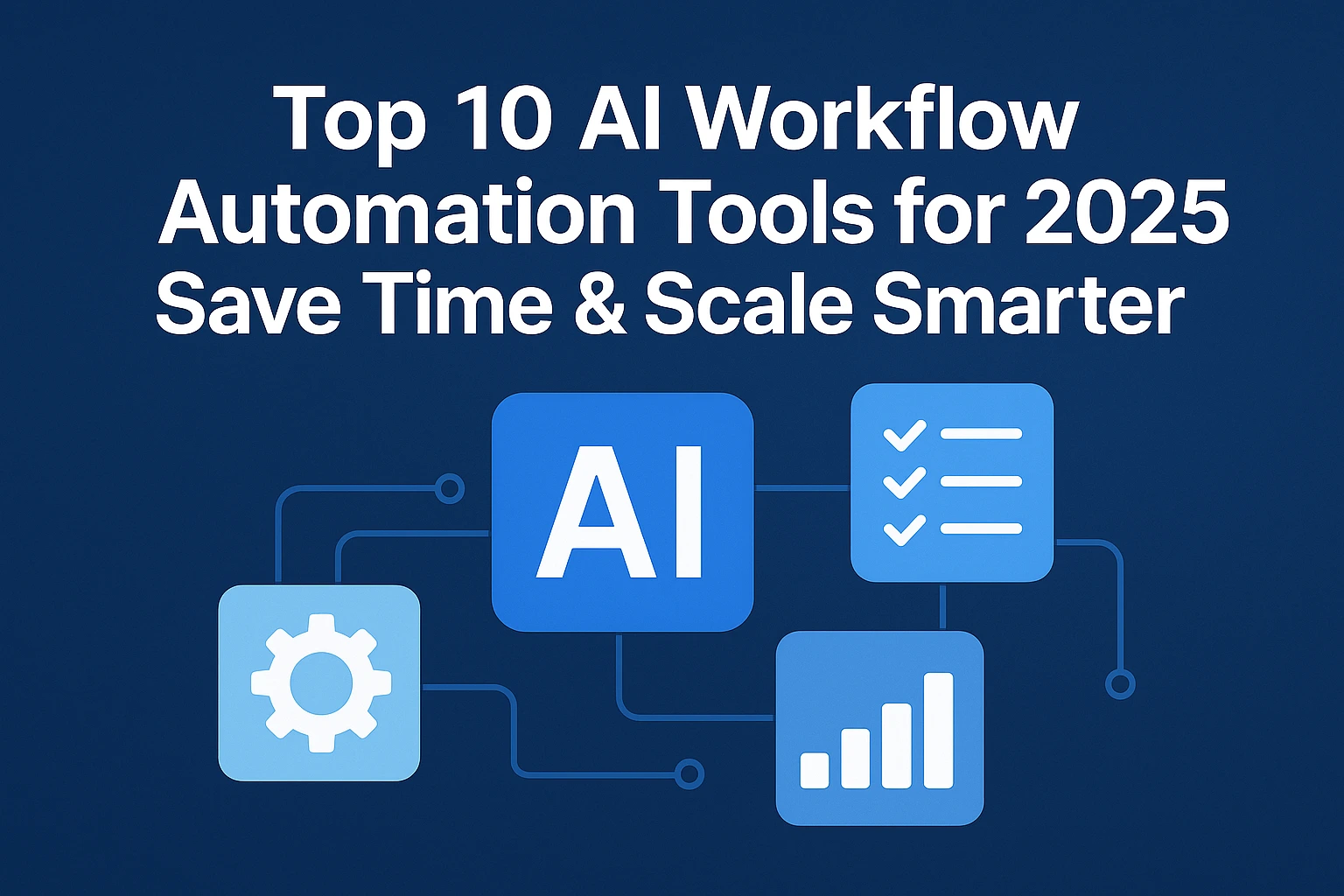 Top 10 AI Tools for Workflow Automation in 2025
Top 10 AI Tools for Workflow Automation in 2025
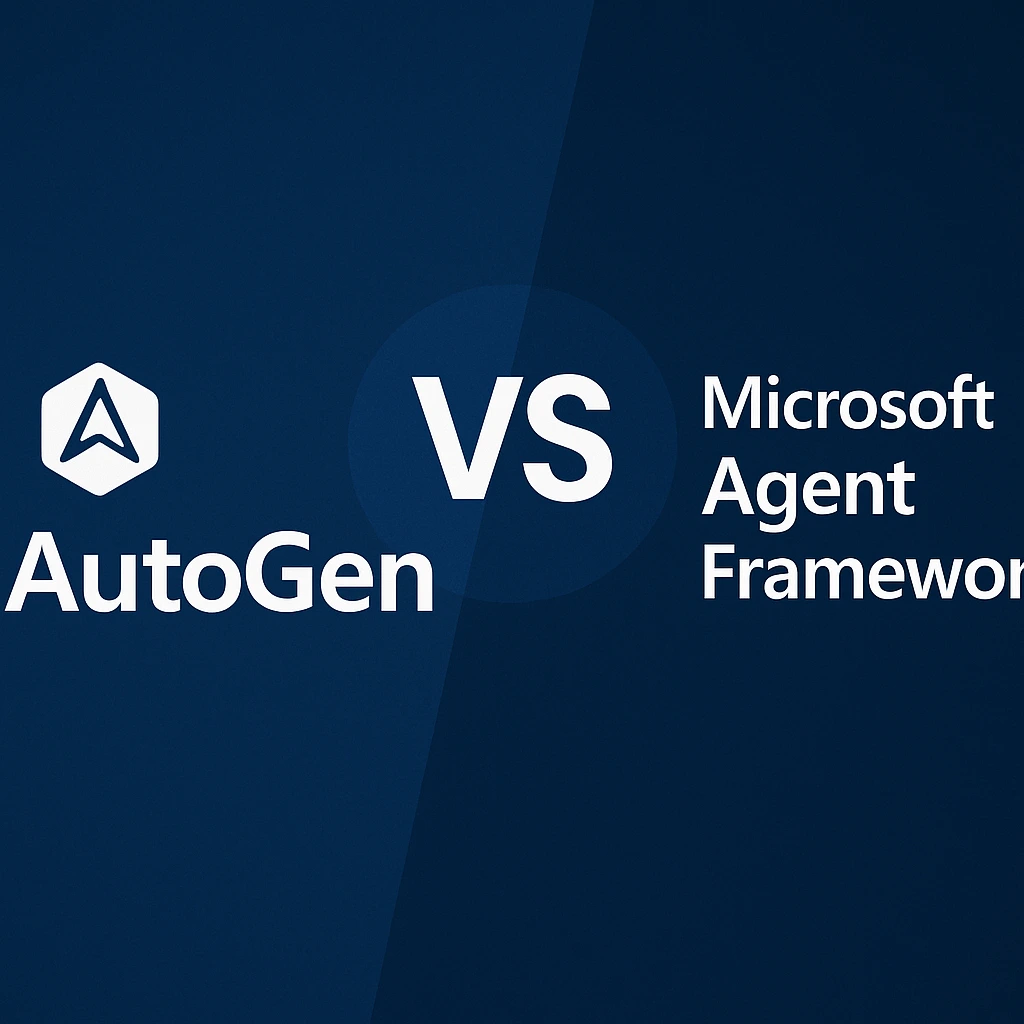 AutoGen vs. Microsoft Agent Framework
AutoGen vs. Microsoft Agent Framework
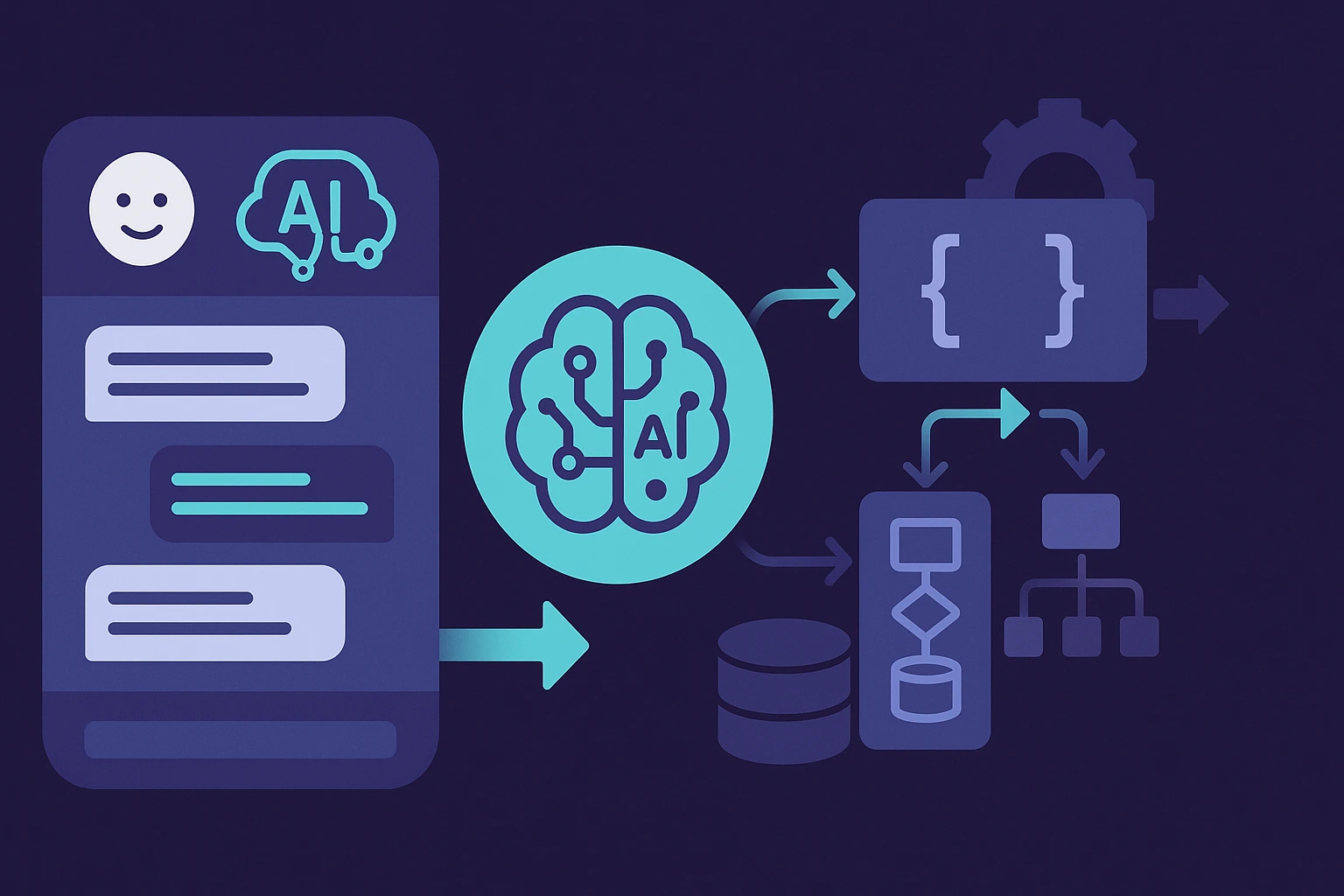 OpenAI Agent Builder vs n8n AI Agent
OpenAI Agent Builder vs n8n AI Agent
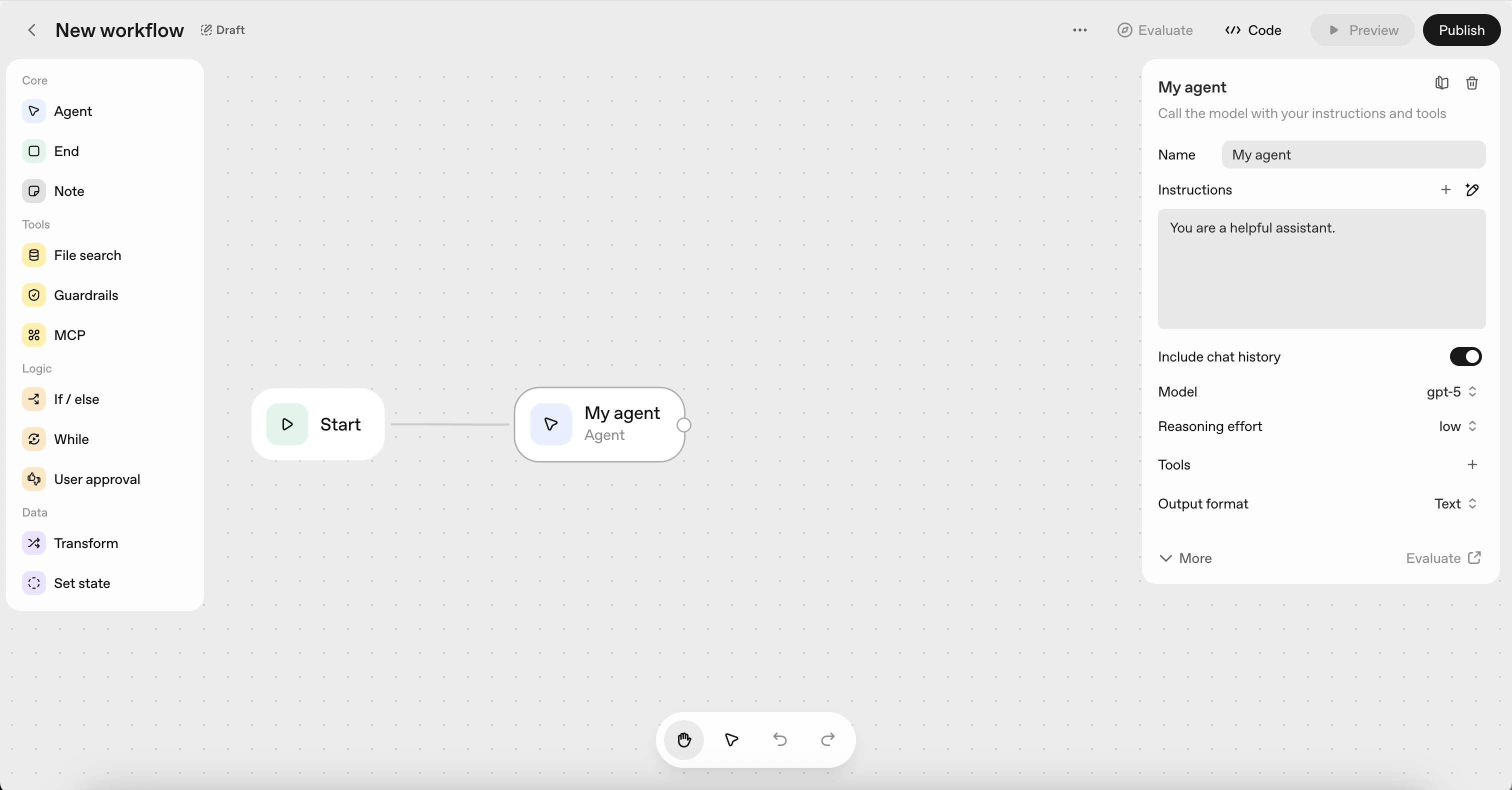 OpenAI Agent Builder: The Beginning of a New Era in AI Applications
OpenAI Agent Builder: The Beginning of a New Era in AI Applications